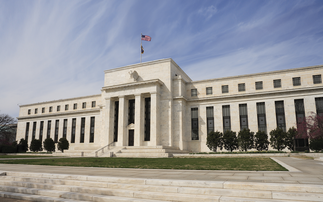Axel Lomholt of iShares EMEA looks at the origin and development of exchange traded funds and what opportunities are available for investors
Exchange traded funds (ETFs) emanated from North America in the 1990s and have fast become ubiquitous across the globe. Industry statistics chart this story of sustained growth. At the end of 2010, $1.3trn in assets were held in exchange traded instruments globally, an increase of 26.6% on 2009 according to BlackRock’s ETF Landscape report. This included European assets of $284bn and Asia (ex Japan) assets of $53.3bn.
ETFs have appealed to investors of all types because of their ability to tap into markets in a precise, effective and cost efficient way. Institutional investors in particular have found that ETFs can be helpful tools for cash equitisation, transition management, rebalancing and obtaining hard to achieve exposures. According to the annual study of the US investment management market conducted by Greenwich Associates during 2010, nearly 50% of institutional ETF users employed the products for ‘tactical’ tasks related to the management of their portfolios, and approximately 20% used them to implement ‘strategic or long-term’ investment decisions.
As investor appetite has developed and demand for new exposures has increased, the ETF product set has expanded in depth and in breadth.
A physical-based fund structure was used in 1993 when the first US listed ETF, benchmarked to the S&P 500 index, was launched. Whilst the majority of global ETF assets are still held in physical-based structures, new product types have also emerged. Swap-based ETFs have become increasingly common as a way to access markets that can be otherwise difficult to reach. More recently still, demand for exchange traded access to commodities has lead to the development of Exchange Traded Commodities (ETCs), a type of Exchange Traded Note (ETN).
This innovation has the potential to create complexity for existing and new ETF users. Whilst these acronyms sound similar, and the vehicles all trade on exchange, there are important differences that investors need to consider. Each product and type of structure will offer different exposures to markets and to counterparties. They may be regulated differently and offer varying levels of investor protection, as well as having different tax implications for investors.





